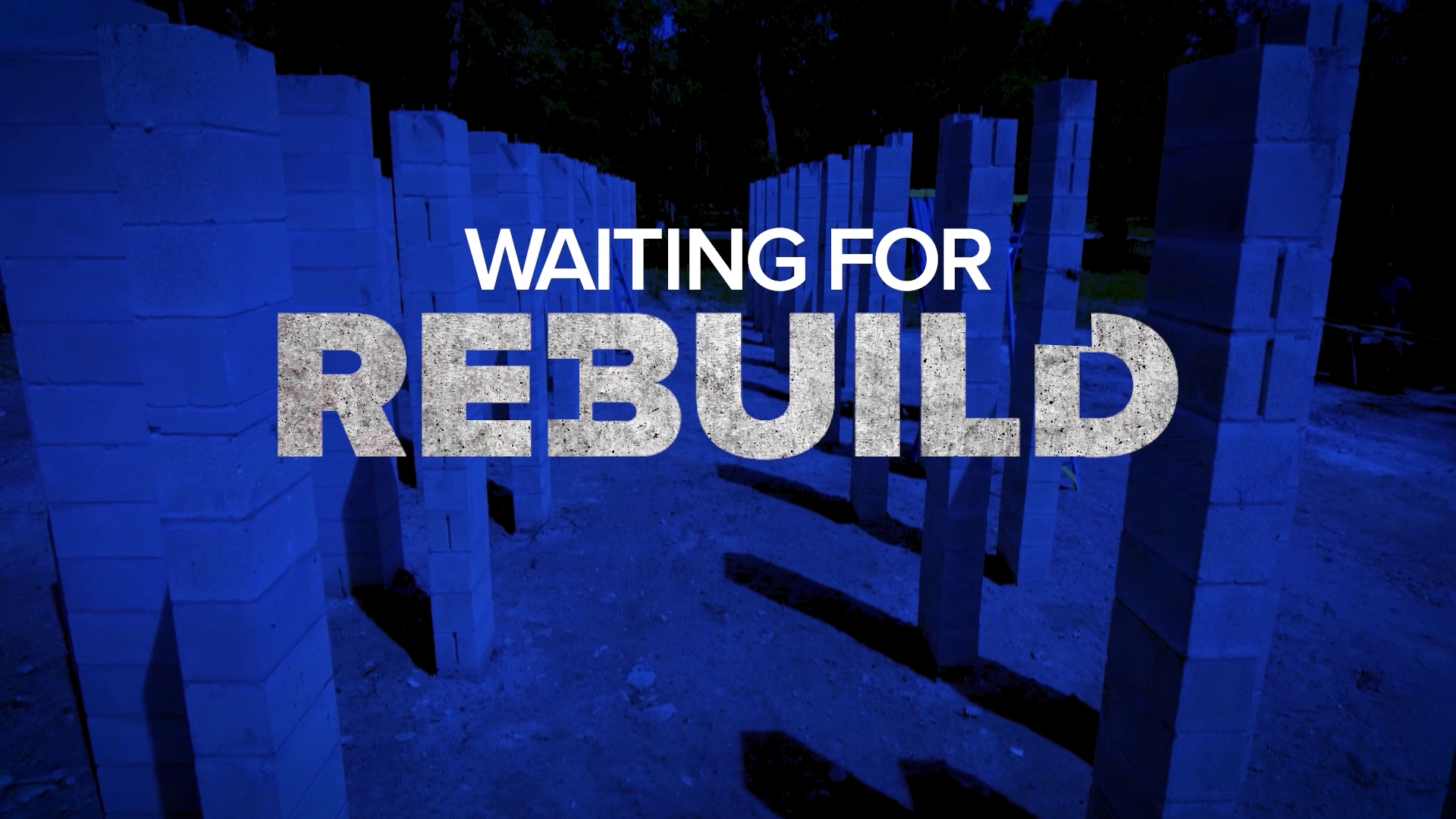Many of you have asked how you can help.
10Investigates Consumer Reporter Jennifer Titus shows you what to look out for if you're planning on making a donation.
While not everybody can get in their car and head north to help, there are still ways to give.
But you SHOULD always make sure your money is going to where you think it is. During a horrendous storm, you may find your inbox inundated with emails from organizations asking you to donate to their storm relief fund.
But you need to be cautious when donating online, especially in response to emails that claim to link to a relief organization. If you want to give to a charity involved in relief efforts, go directly to that charity's website.
When it comes to crowdfunding, keep in mind that some sites do very little vetting of individuals who decide to post for assistance after a disaster, and it is often difficult for donors to verify the trustworthiness of crowdfunding requests for support.
If you decide to contribute via crowdfunding, it is probably best to give to people who you personally know needs assistance.
Be wary of claims that 100-percent of donations will assist relief victims. Despite what an organization might say, charities have fundraising and administrative costs. Even a credit card donation will involve, at a minimum, a processing fee.
►Make it easy to keep up-to-date with more stories like this. Download the 10 News app now.
Have a news tip? Email tips@wtsp.com, visit our Facebook page or Twitter feed.



